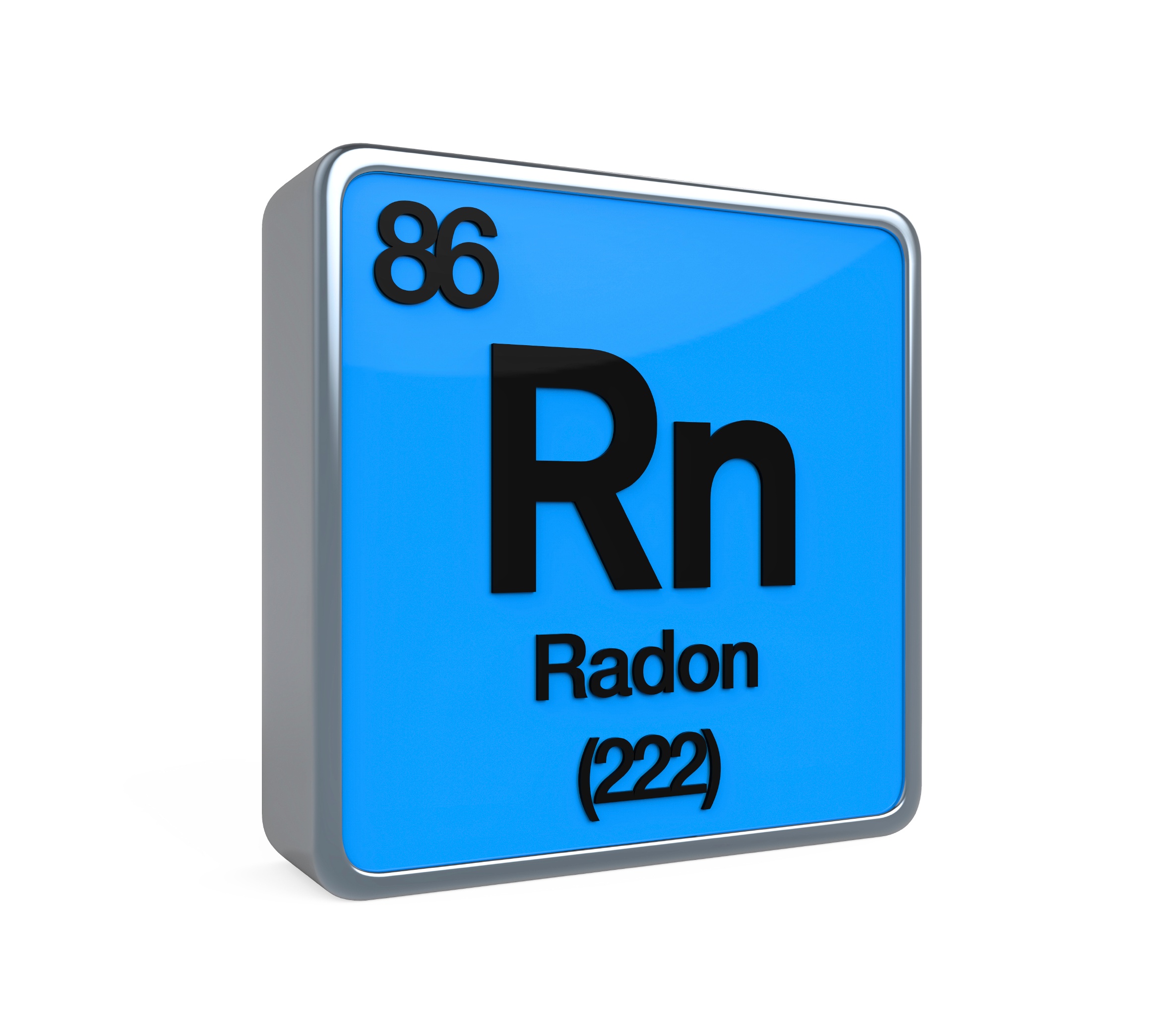What Is Radon Gas?
Many people remain unaware of the potential dangers associated with exposure to radon gas, despite its prevalence and serious health risks, and thus, underestimate the health effects and symptoms of radon exposure.
Radon gas, although colorless, odorless, and tasteless, poses a significant threat when present in high concentrations. It permeates the air we breathe and the water we consume, presenting health hazards that cannot be detected through our senses alone.
This radioactive gas is naturally formed through the decay of uranium, a process that occurs in soil and rock formations worldwide.
Regions abundant in granite concentrations often exhibit heightened levels of radon gas. Through natural decay, this gas is released from the soil and rock into the atmosphere and water sources, both underground and on the surface.
Understanding the origins and risks associated with radon gas is crucial for safeguarding public health and promoting awareness of potential hazards in our environment. Exposure to high indoor radon levels has been linked to increased lung cancer deaths, making it imperative to address this issue effectively - with the first step being understanding the necessity of radon mitigation and how it can help protect your loved ones.
Curious about what Radon has to do with you and your home? Read our blog post "Radon: The Silent Killer In Your Home"!





